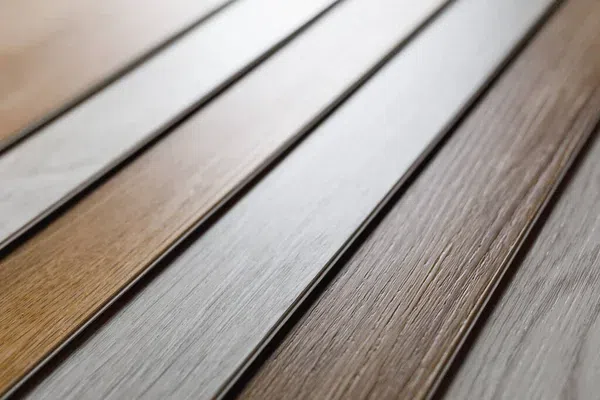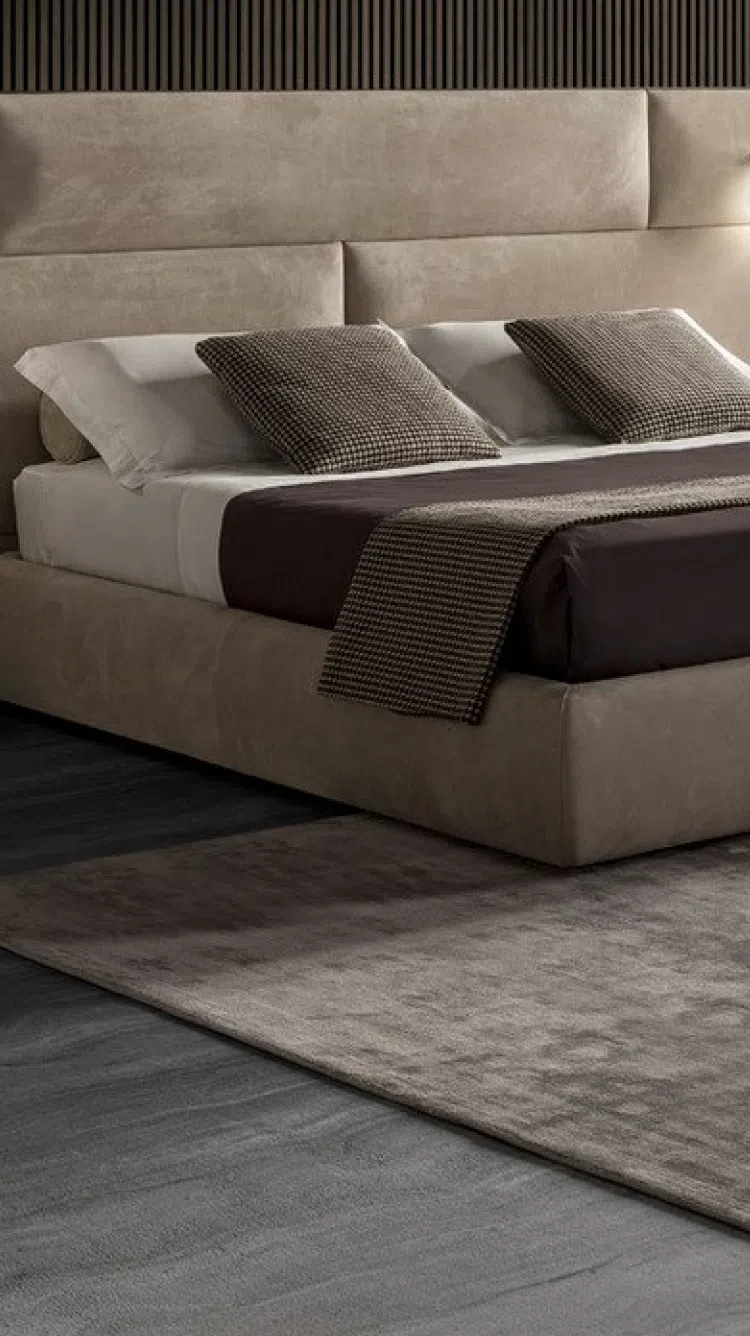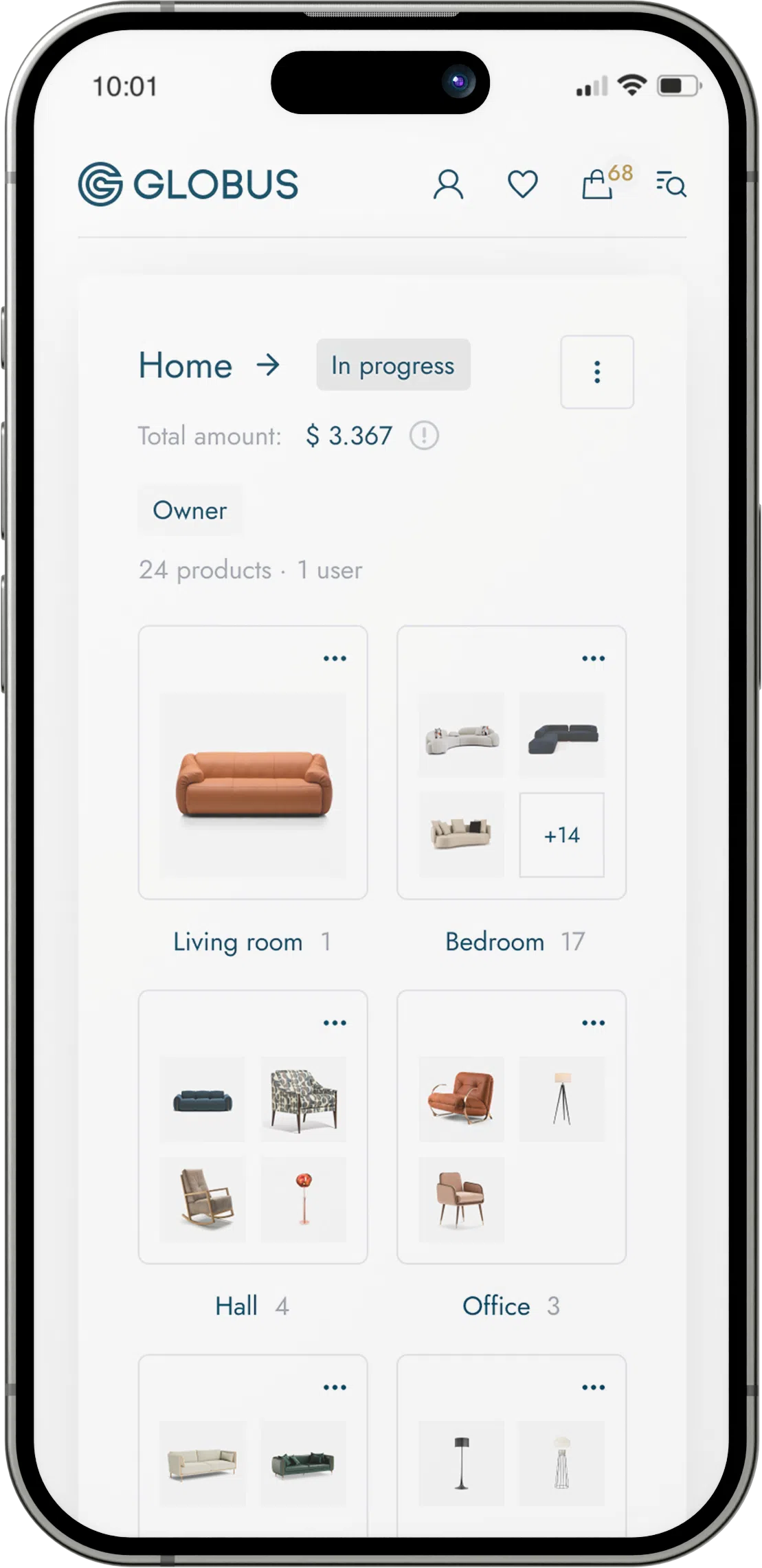
High-Pressure Laminate (HPL) is a highly durable decorative surface material used widely in the furniture and construction industries. HPL is made through a multi-step process that involves bonding multiple layers of kraft paper impregnated with phenolic resin, a decorative paper with a design or color, and then a protective overlay. The layers are fused together under high pressure and temperatures (above 140°C or 284°F), hence the term "high-pressure" laminate.
Characteristics and Features of HPL:
Durability: HPL is known for its exceptional durability. It resists wear and tear, scratches, and impact, making it ideal for high-traffic areas and surfaces that frequently undergo use and abuse.
Heat resistance: The manufacturing process and the materials used give HPL a good level of resistance to heat, although it's not advisable to place extremely hot items directly on its surface without protection.
Hygienic: HPL surfaces are non-porous, making them resistant to bacteria growth and easy to clean. This hygienic quality makes HPL an excellent choice for healthcare settings, kitchens, and bathrooms.
Versatility: HPL comes in a wide variety of colors, patterns, and textures. It can mimic the look of wood, stone, or other natural materials, providing flexibility in design choices.
Stain Resistance: The non-porous surface of HPL renders it resistant to stains and spills, which can be easily wiped away without leaving marks.
Ease of Maintenance: HPL is easy to maintain and doesn't require any special cleaning agents, often only needing a damp cloth to wipe down the surface.
UV Resistance: Some types of HPL are treated to be resistant to fading and deterioration from ultraviolet light exposure.
Installation: HPL can be glued to various substrates, including MDF, particleboard, or plywood, making it a versatile option for manufacturing furniture, countertops, and wall panels.
Sustainability: Some manufacturers offer HPL that is made with sustainable or recycled materials and may also be recyclable at the end of its use.
Cost-Effectiveness: Compared to some other materials such as solid wood or stone, HPL can be a more cost-effective option for achieving a desirable aesthetic.
However, it's important to note that while HPL is a robust material, it's not indestructible. It can be prone to chipping at the edges if not handled properly, and although it resists heat, it's not completely heatproof. It's also a relatively rigid material, which limits its application to flat or gently curved surfaces.
HPL is often used in horizontal applications like countertops, work surfaces, and tabletops. However, due to its qualities, it is also applied in vertical installations such as cabinetry, furniture fronts, and wall claddings. The diversity of HPL designs and its strong resistance to wear make it a popular choice in both commercial and residential projects.


